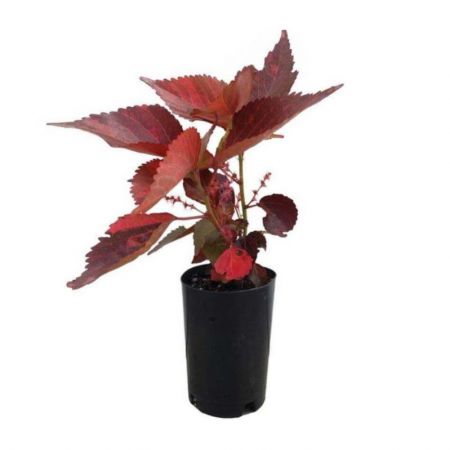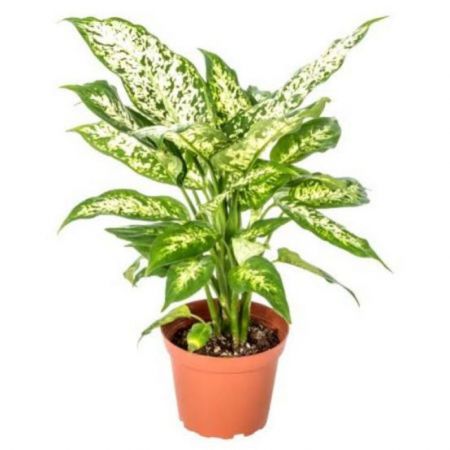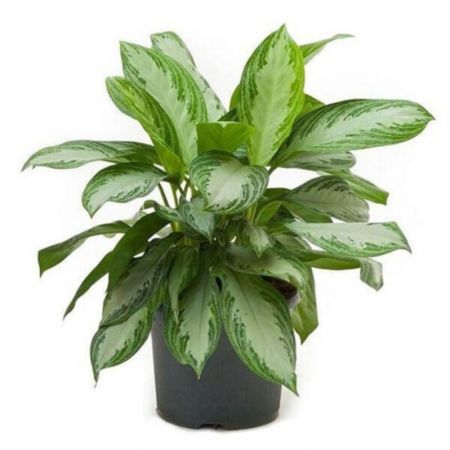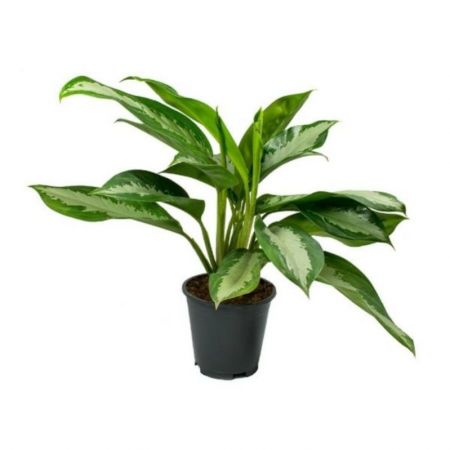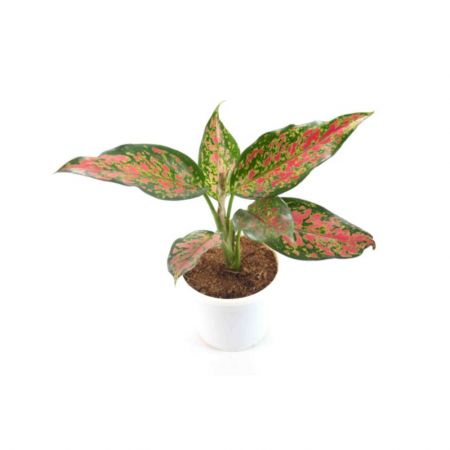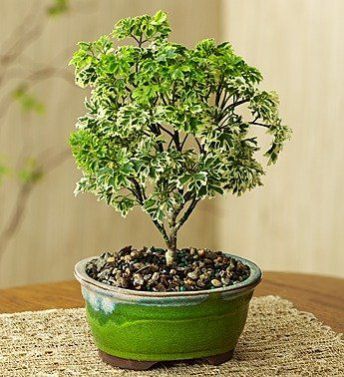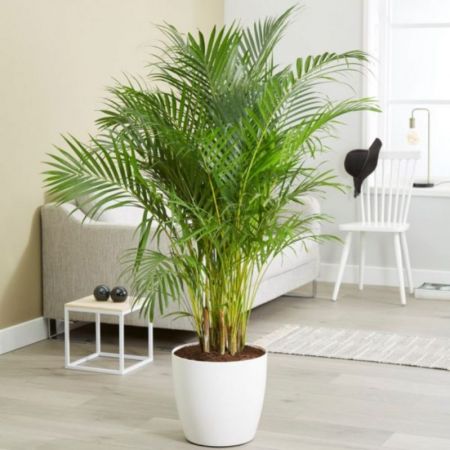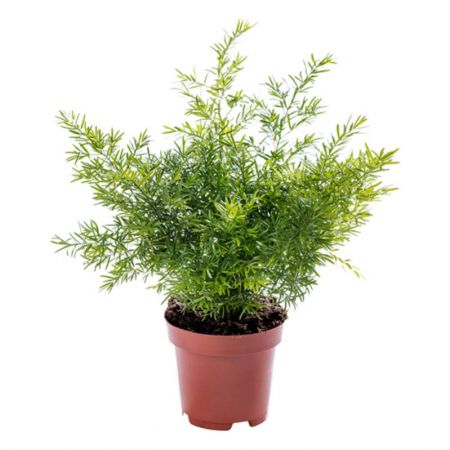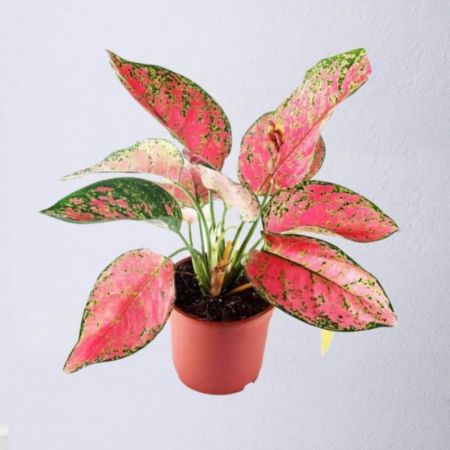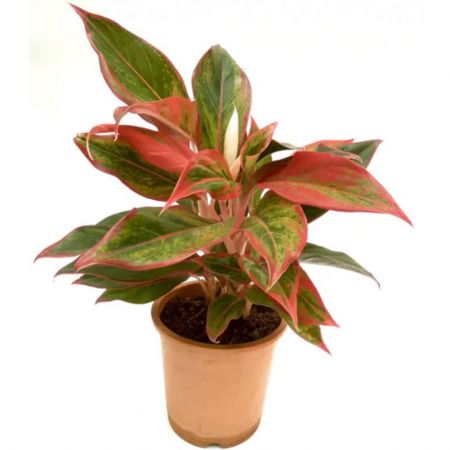monstera deliciosa,Swiss Cheese Plant with Moss Stick-plant
Monstera is native to tropical rainforests from southern Mexico to Panama so it comes as no surprise that it favours a warm, humid environment, making them ideal for indoors. According to Georgina Reid, Plant Life Balance ambassador and founder of The Planthunter, "Monsteras like shade, warmth and moisture.
₹ 799.00
₹1,799
(Inclusive of all taxes)
-

No Warranty
-

COD Not Avilable
-

Returnable
-

Non cancelable
About this item
Monstera are species of evergreen tropical vines and shrubs that are native to Central America. They are famous for their natural leaf-holes, which has led to the rise of their nickname, Swiss Cheese Plant. The Monstera's leaf-holes are called fenestrations and are theorized to maximize sun fleck capture on the forest floor by increasing the spread of the leaf while decreasing the mass of leaf cells to support.
Two different species of Monstera are cultivated as houseplants - Monstera deliciosa and Monstera adansonii. Monstera adansonii is distinguished from M. deliciosa by having longer, tapering leaves, as well as having completely enclosed leaf holes. Monstera deliciosa leaf holes eventually grow towards the edge and open up as they mature.
Part of Araceae, the Aroid Family, they are one of the few aroids that produces edible fruit, particularly, Monstera deliciosa, though they rarely flower or produce edible fruit indoors. Monsteras, like many aroids, were made known formally to the botanical world during the early 20th century, although they had been known for much longer by the indigenous peoples of Central America.
Thrives in bright to medium indirect light. Water every 1-2 weeks, allowing soil to dry out between waterings. The Monstera is an easy-going plant and is generally pest-free. Treat pests as soon as they appear with weekly sprays of a natural pesticide like neem oil and regular wipe-downs of the plant.
0 Review Of Product Monstera deliciosa,Swiss Cheese Plant with Moss Stick-plant


